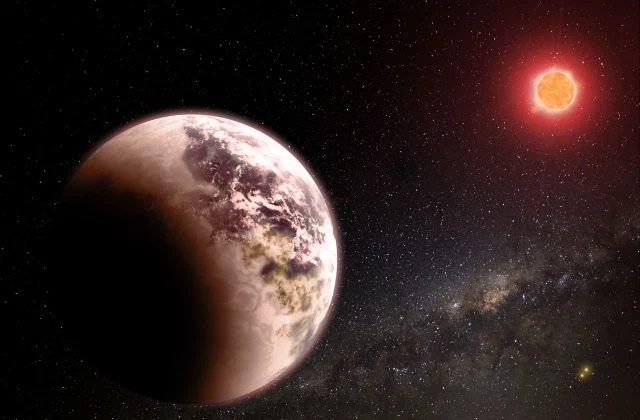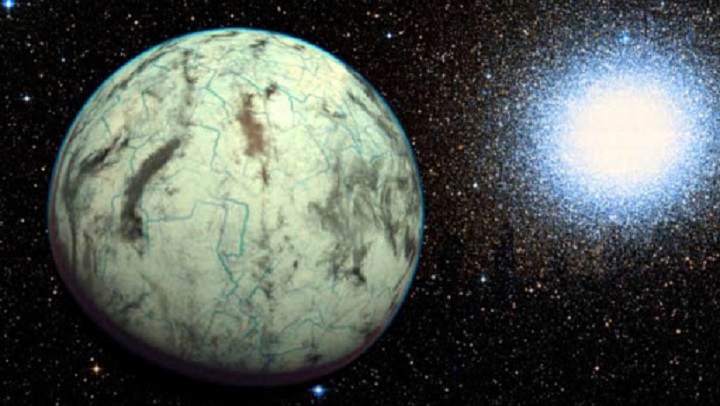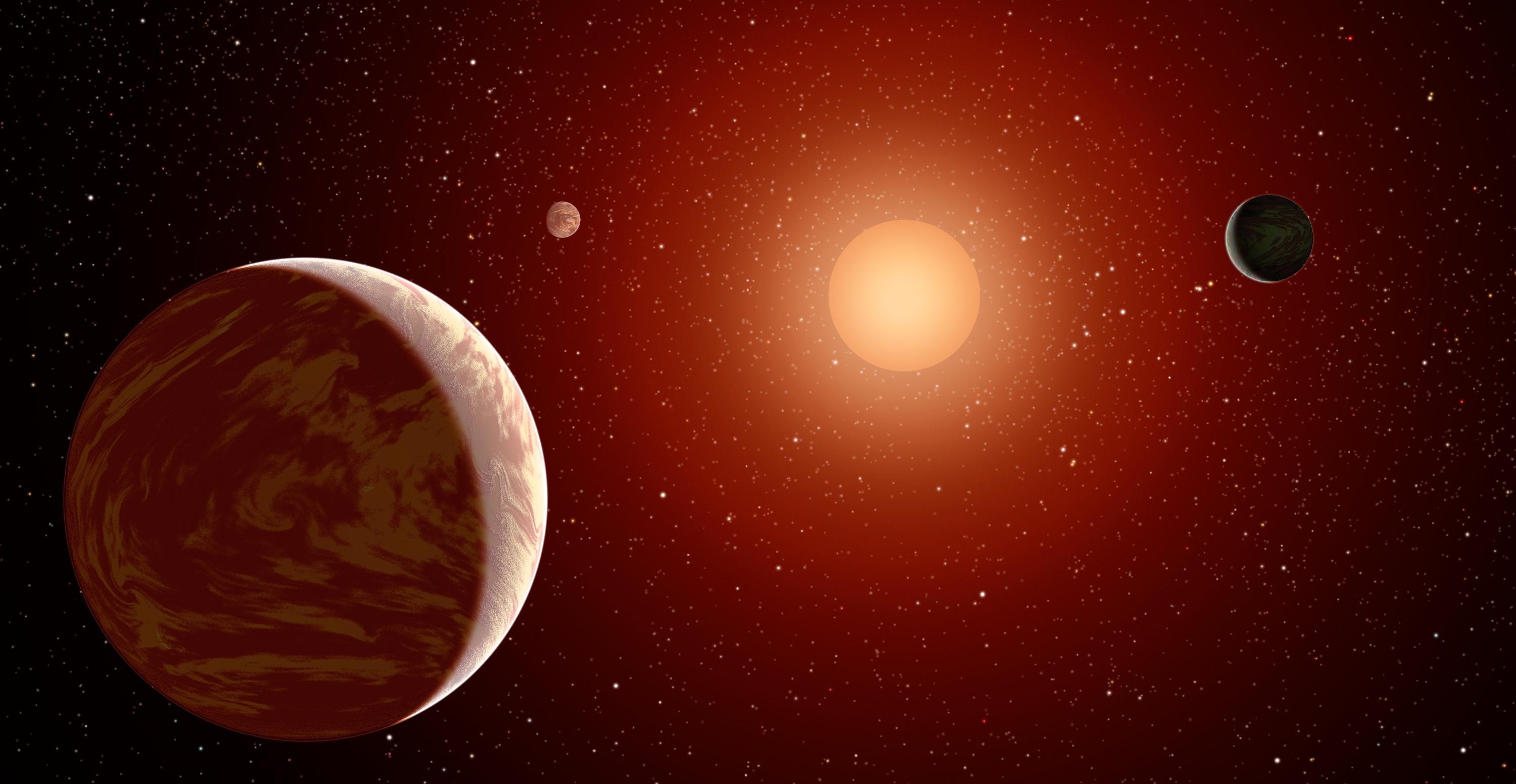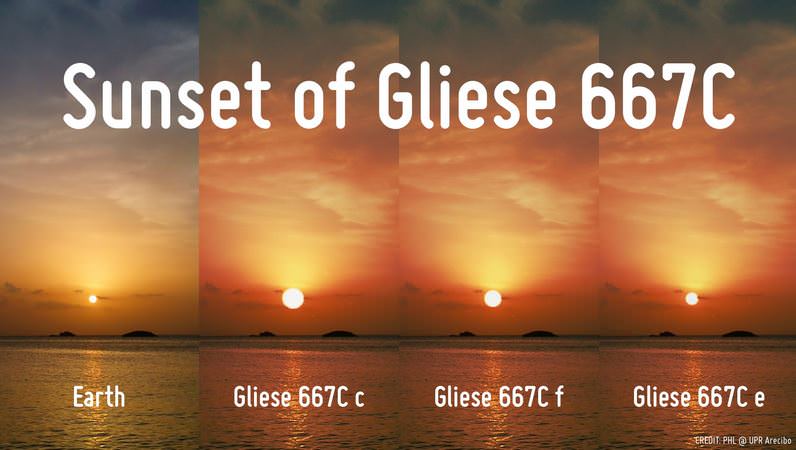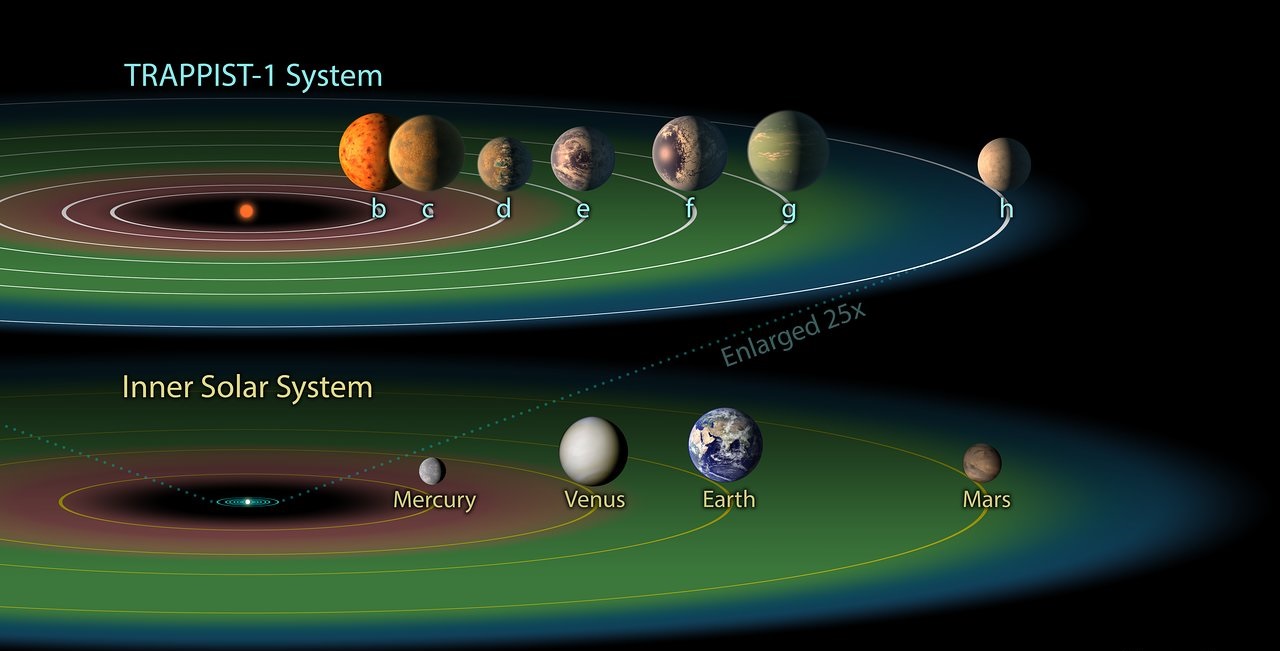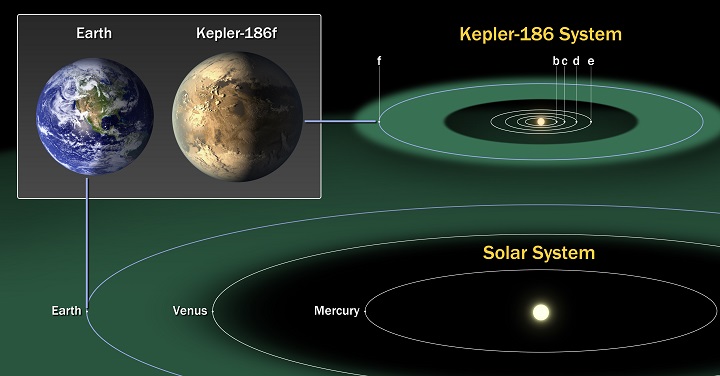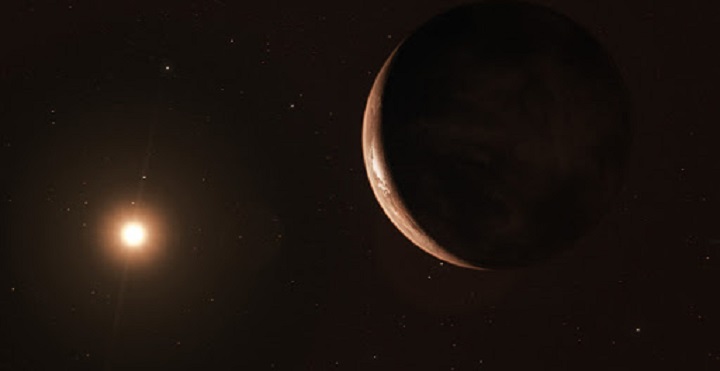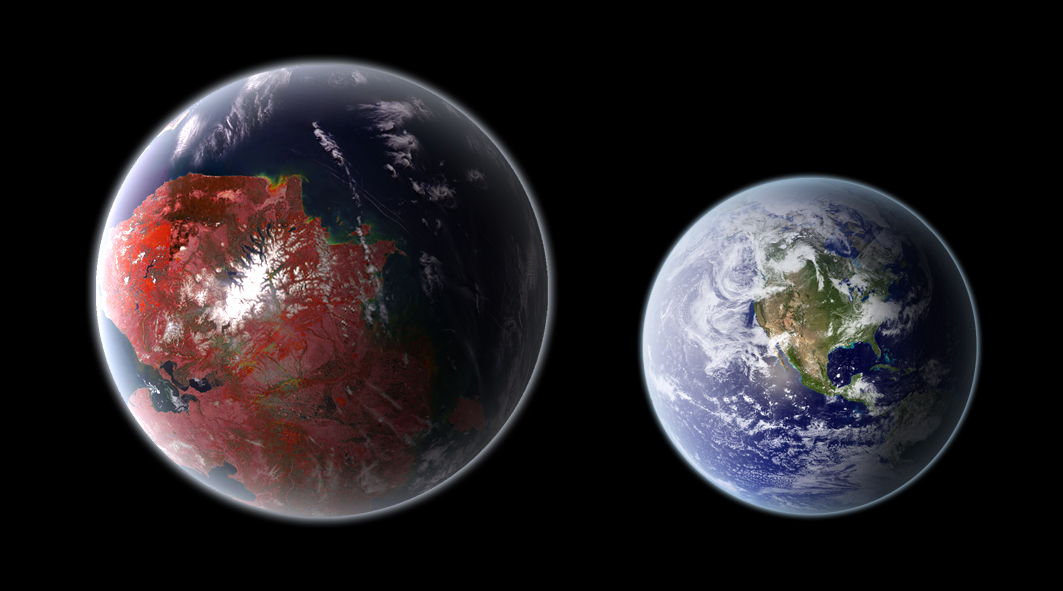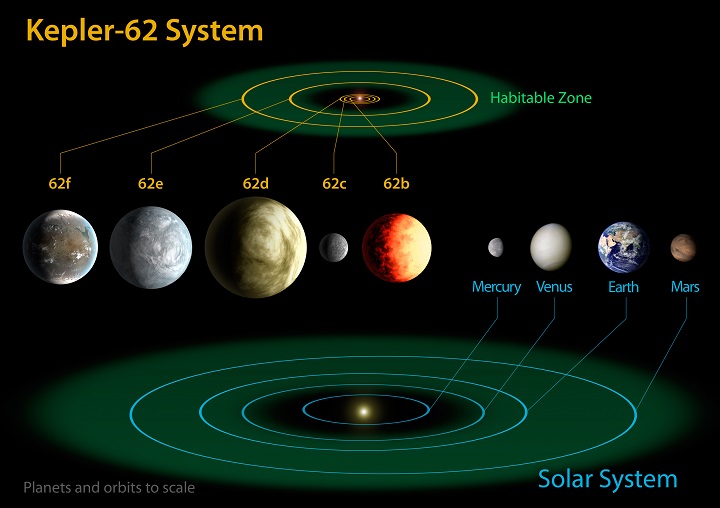The new discovery of an Earth-like exoplanet around Proxima Centauri, the nearest star to the earth, means that potentially life-bearing planets are right in our backyard.
Now’s the time to take stock of all the exoplanets we’ve found so far, and determine which of them are ‘super-habitable’ – practically Earth’s spitting image.
Here’s a look at the most promising real estate in the galaxy:
Proxima b
· 1.3 times the Earth’s mass
· 4.23 light-years away
· The newly discovered Proxima b is not only the nearest exoplanet to the earth. But is the nearest potentially habitable exoplanet as well. It’s a rocky planet in a close, 11-day orbit – which makes it warn enough for liquid water to exist on its surface. Proxima b will certainly be the prime target for the first wave of interstellar probes.
Kapteyn b
· 4.8 times the Earth’s mass
· 12.8 light-years away
· At over 11 billion years old, Kapteyn b may be the oldest potentially habitable exoplanet known. If life has evolved on Kapteyn b, it’s likely to be over twice the age of life on earth.
Wolf 1061 c
·
4 3 times the earth’s mass
· 13.8 light-years away.
· Wolf 1061 c is one of three planets in orbit around a red dwarf, and is one of the nearest potentially habitable exoplanets. With one face permanently turned to its star, and a surface gravity 1.6 times the earths, any life here is likely to be very strange indeed.
Gliese 667 cSystem
· 22 light-years away
· The Gliese 667 c System consists of at least one and possibly three ‘super-earth’ planets in the star’s habitable zone.
· If any photosynthetic life exists on the planets of Gliese 667 c it’s likely to be a deep black in color in order to absorb the predominantly infrared radiation of the primary.
Trappist-1
· 39.5 light years away
· Trappist-1 is an ultra-cool dwarf star scarcely larger than Jupiter and with only 0.05% the suns luminosity.
· The Trappist-1 system consists of three rocky earth sized planets, the two innermost planets are likely hotter than the earth but maybe still have habitable area. The outermost planet is probably much colder. But could still be habitable
Kepler-186 f
·
1. 5 times the earth’s mass
· 561 light-years away
· Kepler-186 f is part of 5 planet system around a red dwarf star, it’s considered to be the best candidates for possible extrasolar life, and was targeted in 2014 by the Allen telescope Array as part of the SETI Program
Kepler-1229 b
· 2.7 times the earth’s mass
· 769 light years away
· Kepler-1229 b orbit its red dwarf primary with a year similar to Mercury’s about 86 days. Though probably tidally locked, if it has a dense enough atmosphere, a global greenhouse effect may be sufficient to conduct heat from the sun ward to the night ward side.
Kepler-442 b
· 2.3 times the earth’s mass
· 1,115 light year away
· Orbiting a distant orange dwarf star. Kepler-442 b is considered to be one of the likeliest candidates for habitability yet discovered. With a lifespan of 30 or more billion years for the planet’s star. Any life that evolves here can look forward to a lengthy career
Kepler-62
· 1,200 light years away
· An orange star somewhat smaller and cooler than the sun, with a 5 planet system two of which kepler-62 e and kepler-62 f, fall within the star’s habitable zone, kepler-62 e may be a super Earth terrestrial or ocean world. Kepler-62 f is more distant and may be covered with ice.


